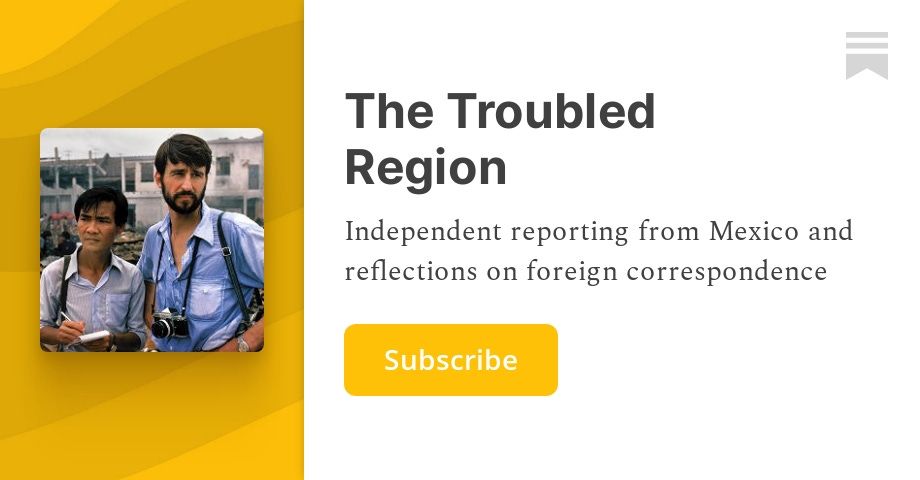Trapped on the beach: Australia burns
A special edition.

Dear friends,
I was with my mother and grandmother in the central park of Xochimilco in Mexico City when Mum read on her phone that the fire authorities had announced they couldn’t save Kangaroo Island and its’ residents were to be evacuated. A man, Dick Lang, and his son, Clayton, had been found on the island’s highway, burned to death. My sister, Bear, wrote me 24 hours later saying they’d just had the army roll through her sleepy southern beachside town, en route to KI to get everybody out.
A place our family loved and knew as beautiful - its cottage industry, tall trees and fat seals - was apparently no more. On the mainland, everyone’s asthma had come back. There were tanks in the street. Across the whole continent, over one billion animals gone. The mountains, the rainforests. Needless to say, the destruction and devastation of December and January in Australia has been hard to fathom.
According to artist James Tyler, in the Kaurna language of the Indigenous people of the land stolen and lashed into place as South Australia in 1836, Kangaroo Island is known as Karta Pintingka. Pintingka means ‘place of the dead’, and archaeologists say its Indigenous occupants abandoned it around 3,000 years ago when the sea levels that would eventually make it an Island began to rise. It was the white Europeans who would bring the humans back, in the early 1800s when men set up camp, bashing seals for their fur and terrorizing the Indigenous women they had kidnapped from the mainland. Later, ‘Kangaroo Island’ became a strategic vantage point for the colonization of South Australia; a place for whalers, returned soldiers, and then, holiday-makers. Now, as Bear put it, “the soldiers have returned again”, as this island of an island lives, perhaps, up to its real name.
That the colonizers and industrialists of Australia might have listened to Indigenous people instead of trying in the most brutal and bloody ways to destroy them is the subject of an unprecedented number of international news stories right now - TIME, BBC, Al-Jazeera, & the New York Times - about Australia and Indigenous “right way” fire practice. As with cultural burning practices in the US and Brazil, it is current world news that the knowledge and lifeways of Indigenous cultures is the way to saving the planet.
This feels significant. Exactly how is going to be up to us.
Word from some Australian First Nations writers and thinkers:
- ‘Talk is cheap, time for action’, National Indigenous Times, Jan 10
- Shaun Hooper, ‘Cultural burning is about more than just hazard reduction’, IndigenousX, 7 Jan
- Joe Morrison, ‘How First Australians' ancient knowledge can help us survive the bushfires of the future’, The Guardian, 11 Jan
- Oliver Costello in this The Guardian story, 18 Jan
Some other Australian voices on this catastrophe:
- We’ve moved past climate denial in Australia. It’s now about blame. by Jennifer Mills in The Washington Post.
- Why climate denial survives while Australia burns, by Annette Lin in The New Republic
- Catastrophic fires make it hard for media to stick to old narratives, by Ketan Joshi in Foreign Policy
See also:
- Apathy,
- Disinformation, and, as proof that there is still good in the world:
- Lizzo.
Places to send your money:
- Fire relief fund for First Nations communities, organized by Yorta Yorta man Neil Morris
- First Nations Fire Knowledge and Land Lore, organized by CurrieCountry Tweed
- Empower Firesticks Practitioners to Restore Cultural Fire, organized by Firesticks Alliance
Till next time, friends,
Ann.
This has been a special edition of The Troubled Region, devoted to the Australian bushfire crisis as its smoke has marked out the entire circumference of the globe and back again. The planned January edition is coming to your inbox soon, featuring the interview with Zahra Hankir, who knows some things about covering catastrophe - don’t miss it.